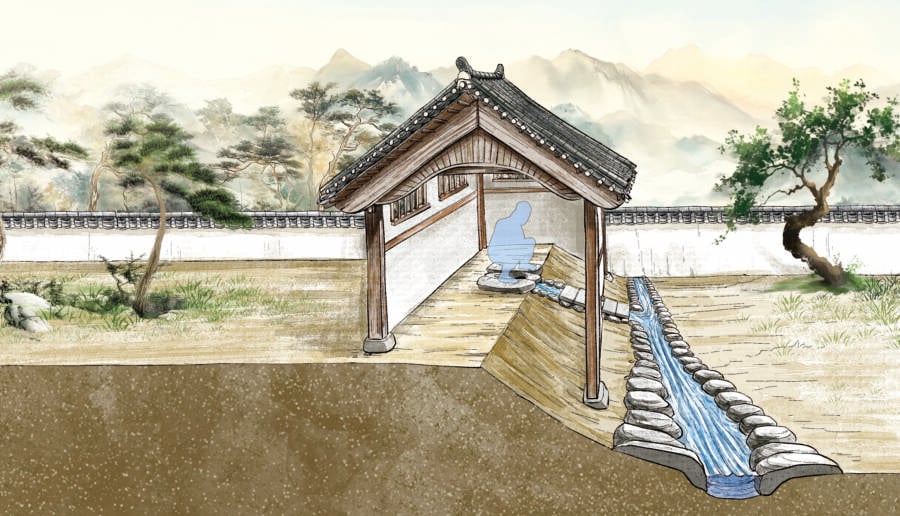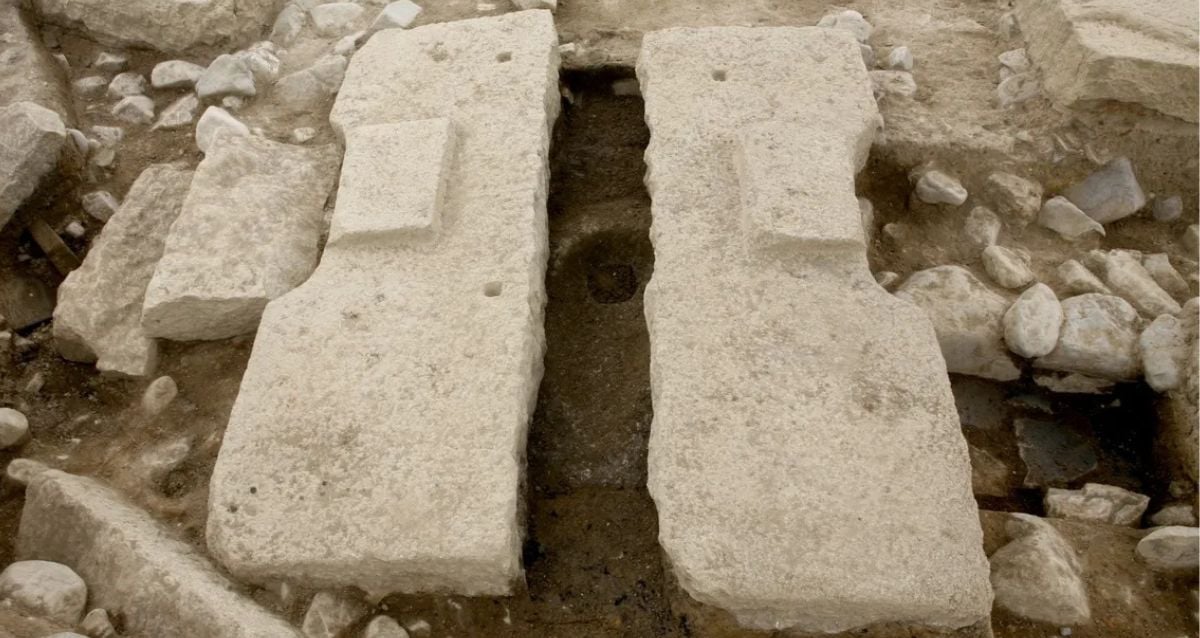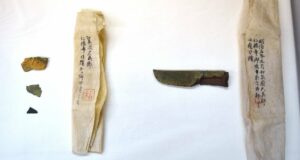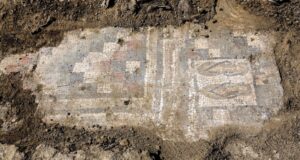“Unearthing Royal Comfort: Inside the 1,300-Year-Old Flush Toilet Fit for a Korean Prince”
Now, researchers are hoping their discovery can help them learn more about early Korea and the people who ruled it.
What Can This Toilet Tell Us About Korean History?
While the first flushable toilets were used by the Indus Valley Civilization between 2600 and 1900 B.C.E., these toilets at Donggung Palace are the earliest of their kind found in Korea.
“[A toilet] that directly discharges it into the river seems to have a hierarchical meaning,” Kim Gyeong Yeol told Live Science. Researchers believe it was the job of the royal family’s attendants to flood the toilet with water to help propel the waste into a culvert 23 feet away that connected to a nearby river. The clear quality divide between this toilet and the others at the palace points to Korea’s historical attitudes towards class and privilege.

Korea Heritage ServiceAn illustration of how the royal toilet would have been used.
Because the toilet’s drainage system is so well preserved, archaeologists are hopeful that they will be able to extract information about the royal family’s diet and lifestyle from lingering human waste.
As Korea’s National Heritage Administration wrote in a press release, “Through microbial analysis of toilet remains, we can elucidate the health and eating habits of people at that time.”
After reading about the flush toilet found in a Korean palace, dive into the complicated history of who invented the toilet. Then, read about the foricae, the public toilets of ancient Rome that left no room for personal space.












